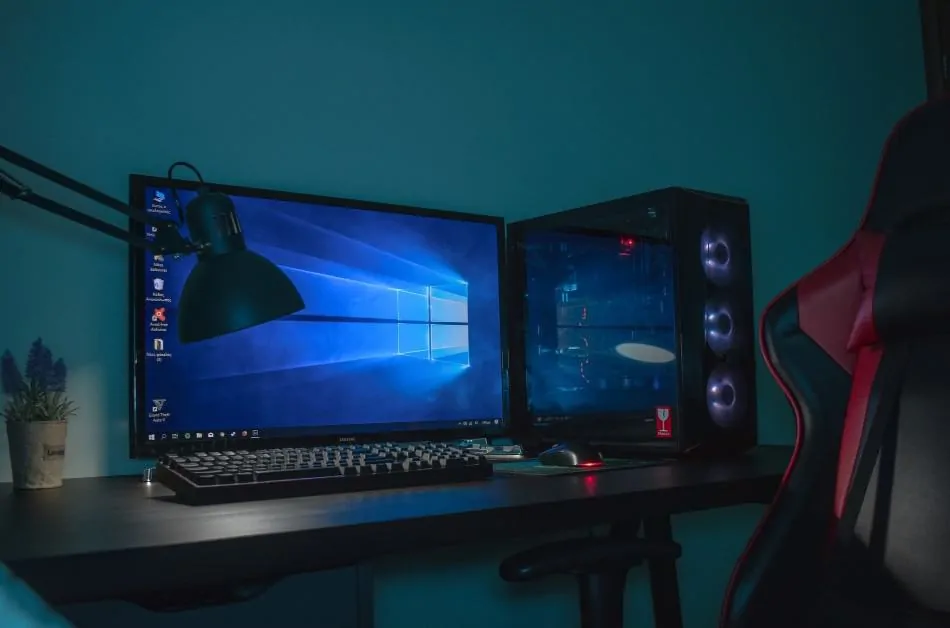Shopping can be tricky when you don’t fit society’s mold of acceptable size. Unfortunately, the archaic tolerance of larger sizes alongside the general increase in the average waist size creates a contradiction where most shoppers find it hard to shop for products that fit their bodies.
Sizes 18 and over are considered plus size, while sizes over 12 are considered large. Despite fitting M-sized products from most brands, Size 10 is still seen as ‘curvy’ because of the fashion industry’s bias toward skinny models.
In this article, we will go over Sizes 10 through 18 and cover whether one should shop M, L, or XL at each one. You will also discover how talent agents categorize models of each size. Finally, we will explore shopping best practices for people who don’t fit conventional sizes.
What Qualifies As Plus-Size? (Retail vs. Modeling)
There’s a massive gap between how the modeling industry (fashion’s backend) and the retail distributors (fashion’s front) view sizes.
While there is tolerance and acceptance for up to size 8, by the time one reaches size 10, there’s plenty of prejudice on the modeling end that is not owned by the retail side.
When you are size 10 or above, how you’ll be treated by talent agents is different from the experience you’ll have shopping for your size. Let’s explore how each side of fashion treats different sizes.
Size 10
Size 10 is visibly curvy and is considered “big” by modeling talent scouts.
But that should not reflect your perception of these size tiers’ general fashion sizing category. Modeling recruiters are generally biased in favor of extremely skinny models as they are the industry standard image.
Outside of modeling A&Rs, Size 10 is far from plus size, and plus size clothing is 80% larger than Size 10. If you’re Size 10 and want to build a modeling portfolio, you need to categorize yourself as ‘curvy.’
Again, that’s only due to the inherent bias toward skinniness in the industry.
US size 10 is considered medium in most sizing charts for clothing (in the world outside of modeling). When shopping for clothes, you’ll need to specifically ask for size 10 or look through the M (medium) rack.
Size 12
Size 12 models describe themselves as curvy though recruiters can place them in a brand’s ‘curvy quota’.
Different fashion brands commit to varying degrees of ‘body positive’ representation. Size 12 is one of the most common choices, striking a balance between plus size and conventionally relatable models.
In terms of the clothes actually modeled, Size 12 models fit in Large clothing.
You’ll fit something for yourself in the “L” rack in shops and outlets, but finding the perfect fit will be slightly tricky because not all large clothing fits Size 12. You fit in the smaller end of the large clothing spectrum at this size.
Size 14
The larger end of the L-size clothing spectrum ends at Size 14. Again, this size is also lumped with the other ‘curvy’ sizes in the modeling lingo, but size 14 clothing is available on the shelves featuring oversized clothing for retail shopping.
Just like Size 12, this measurement is also tricky to shop online because of the variety in large clothing. If you’re size 14, you should shop at physical stores so you can really be sure that the clothes carrying the L tag sufficiently fit you.
Size 16
Size 16 marks the beginning of plus size in general-use conversation and modeling lingo.
Regarding retail sizing, size 16 is XL, which is technically lower than Plus Size (XXL+). In other words, you can get clothes that fit you even from non-inclusive brands, as plenty of fashion companies have streamlined XL clothing production.
Small fashion boutiques and startups don’t have the resources to take a stock risk on XL clothing, so it might be hard to shop local designers’ creations in size 16. But as far are big brand names are concerned, size 16 stock is usually available. The stock produced in XL size is comparatively lower and can run out, but it does get manufactured.
Size 18
Size 18 marks the official beginning of actual plus-size clothing in the retail space. If you fit in size 18 clothing, you can apply to be a plus-size model.
When shopping, you’ll search for XXL clothes and can ask for a “plus-size” rack/shelf when looking for assistance. Around this size tier, your shopping options are limited because only body-positive and inclusive brands make size 18 clothing liberally.
Any size beyond size 18 is considered plus size, and you should use your actual measurements to get the right clothes. When shopping ‘plus size’ online, you might not know if you’re getting a size 20 or a size 24 shirt.
We recommend physical shopping unless the online store facilitates searching and ordering my custom measurements.
3 Tips For Buying Plus-Sized Clothing
There was a time when not fitting size 8 would produce a shopping nightmare. Luckily, mainstream pressure to accept different body types and the average waist-size increase has made shopping for more oversized clothes relatively easier.
Still, you should follow these best practices to have the best experience.
1. Get a Brand-Specific Sizing Chart
Different brands label different sizes S, M, L, and XL. Getting a brand-specific sizing chart will let you know where you stand.
One company’s M is another company’s L, and it is dictated entirely by the demographic they market to.
2. Prefer Larger Fits
Remember, you can downsize a larger shirt than upsize a smaller one. When in doubt, go for the bigger size.
A visit to the local tailor can result in the perfect fit. It also allows you to make room for bloating and further size gain.
3. Get One Item When Shopping Online
When shopping online, don’t get an entire closet’s worth of items from a brand in one sitting. Getting one item is a good size test. Once you’re sure the size you got fits you, you can order as many articles of that size as you want.
Related: Best Alternative Plus Size Clothing Brands
Conclusion: What Size is Considered “Plus” Size?
If you’re under size 18, you’re not plus-size, but you might still encounter some problems when shopping for things in your size.
Inclusive brands accommodate sizes 12, 14, 16, 18, and over as M, M, L, and XL, respectively.
Since fashion brands use letter sizing differently, it is best to try the outfit or look at the detailed sizing guide before buying anything.







